Photo etching is a process which uses chemicals and precise light exposure to create all kinds of metal parts. Read More…
The MET Manufacturing Group, LLC process offers many technical & financial advantages in manufacturing various flat metal components. Try this precision etching, non-mechanical process for competitively priced, burr & stress free sheet metal products, up to 62 mil (.062”) thick. Our photo-chemical machining process is also known as photo-fabrication, photo etching, chemical milling & acid...
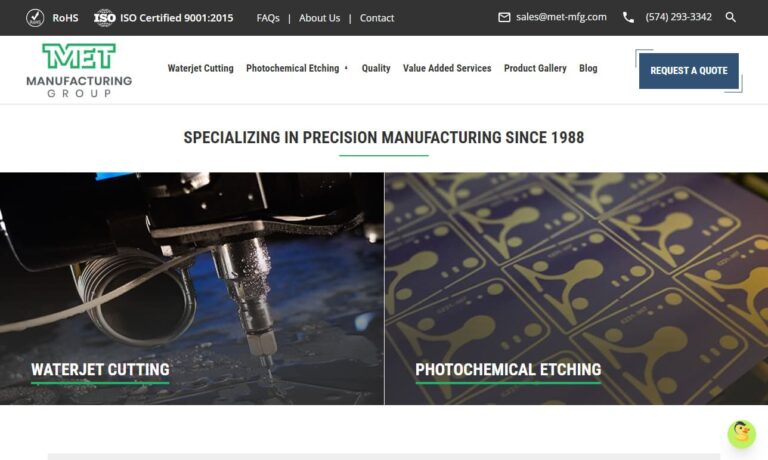
Etchit is your high-quality solution for custom-manufactured precision metal parts and components. We use photochemical machining to make products for such industries as aerospace, audio, automotive, computer, circuit board, decorative and fastener. Does your product need photo etching processes?
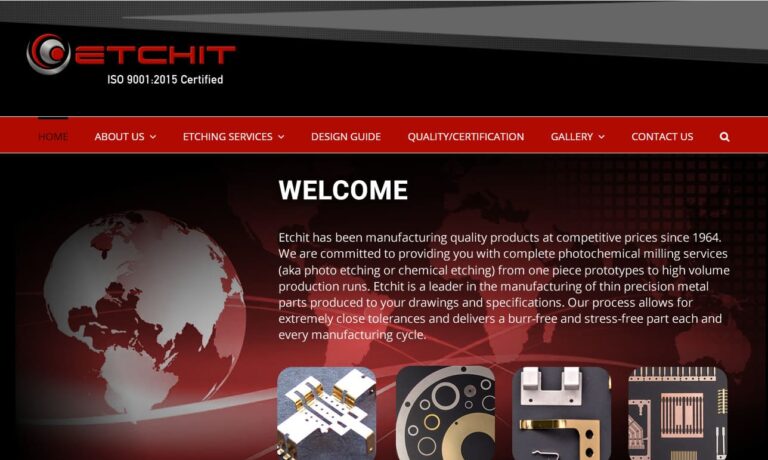
VACCO is the industry leader of Photo Chemical Etching of metal & polyimide components and devices. We specialize in Stainless steel, Titanium, and Copper, but work with a variety of different materials. We have over 60 years of experience in Chem Etching, and we offer Micro Laser Cutting & Welding, and Diffusion & Adhesive Bonding services along with an extensive range of value-added services. ...
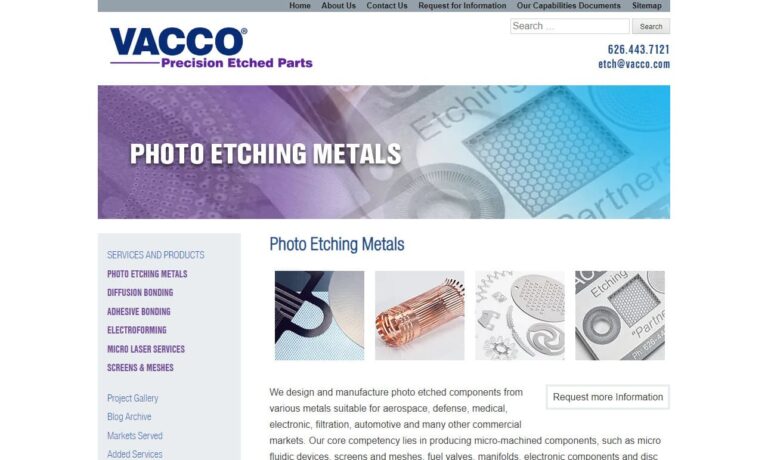
Great Lakes Engineering is a trend setting manufacturer of surface mount stencils, precision laser cut parts, and photo chemical etched parts. We work with a wide range of materials, including Stainless Steel, Copper, Titanium, Nitinol, Nickel, Kovar and many others.

More Photo Etched Part Companies
Photolithography is a process by which patterns are formed using photoresist covered substrates, or molecules acted upon by enzymes. The photoresist is then developed when it is exposed to ultraviolet light and viewed through a photo mask.
The substrate is then etched, and the photoresist then acts as a barrier that only allows the chosen part of the etched material to be etched. Photo etching produces detailed metal parts.
Photo etching's intricate method of cutting and engraving metal produces extremely thin metal, usually ranging from .002 to .2 inches in depth. A number of materials can be turned into photo etched parts, including aluminum, brass, bronze, silver, copper, nickel, steel and iron.
These parts are produced through either wet etching or dry etching. Wet etching works through the dissolving of a material in a chemical solution, while dry etching works by dissolving a material using ions or vapor.
Industries that use photo etched parts include the medical, aerospace, commercial, electronics, automotive, computer, dental and defense industries. Photo etched parts are very difficult to reproduce. This uniqueness may be advantageous or appealing in some industries, like aerospace, electronics or defense.
Another advantage of photo etched parts is their overall reduced costs. The flexibility photo etching allows in its design and products allows for more variety in material choice and eliminates stress on the product. Also, photo etched materials are produced at a much lower tooling cost and because photo etching is a burr-free process, no additional money need be spent on deburring.
Photo etching, especially wet etching, offers higher imaging accuracy. Examples of etched parts include filters and sieves, needles and blades, surfaces and precision parts.
Photo etched filters and sieves can be important both in automobile and food industries. In the former, they can be used in fuel injection systems or as last chance filters in hydraulic systems.
In the latter, sieves are used in such applications as coffee machines or for sugar production. Needles and blades are primarily used in the medical industry, as complex lancets, scalpel blades, micro-saws, micro-combs and the like. Surfaces treated with or structured with photo etched parts can serve many interesting functions.
Surfaces can contribute to a more rapid growth of bone cells, better adhesion and reduced maintenance time in the mechanical engineering sector. Precision parts include grids, contacts, diffusers, coding disks and technical springs.
With all of their positive attributes and their flexibility, photo etched parts are the best choice for current technology.





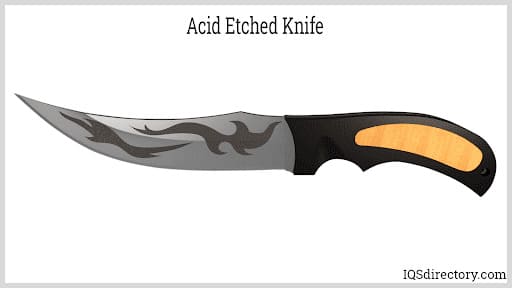
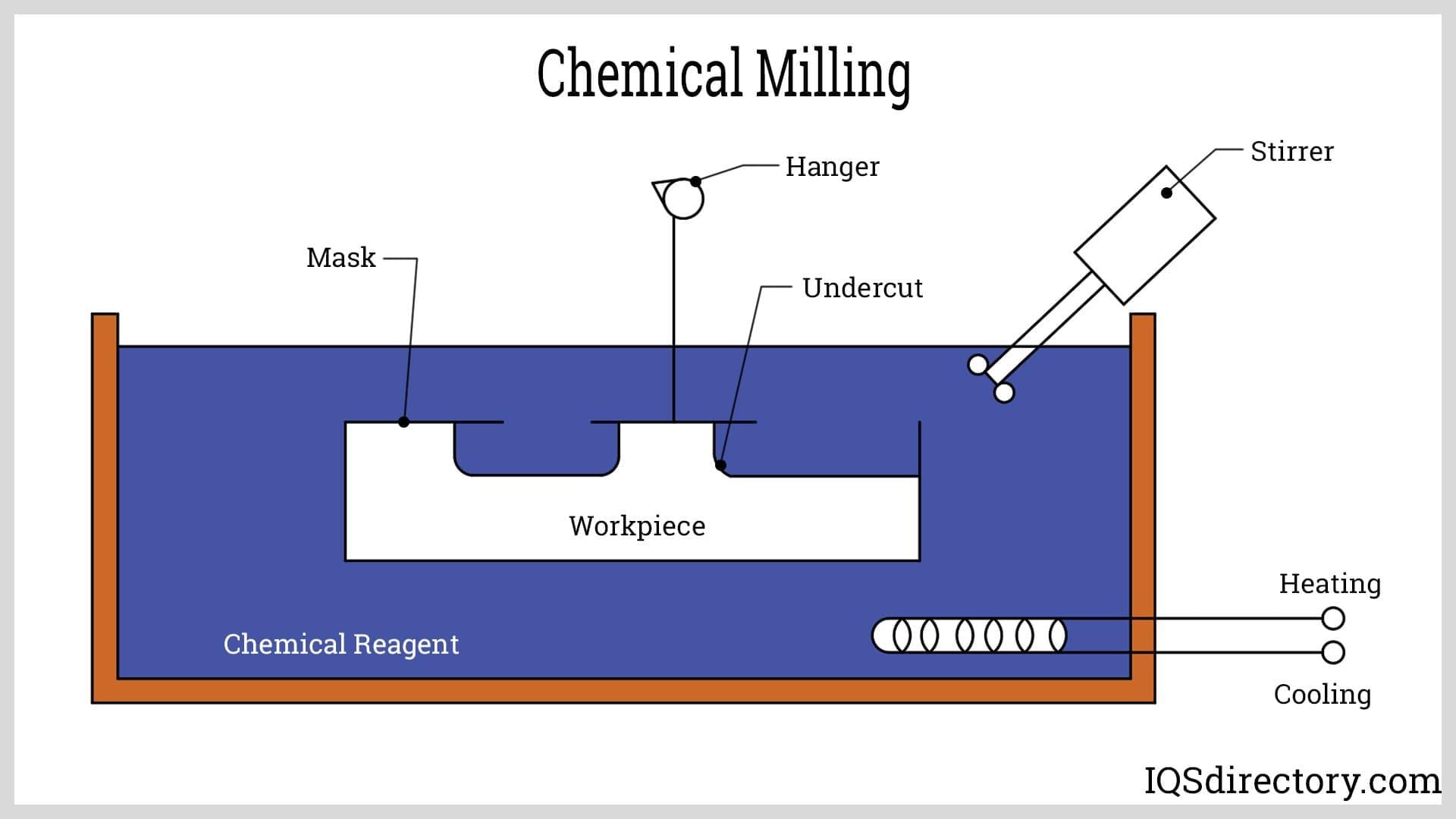
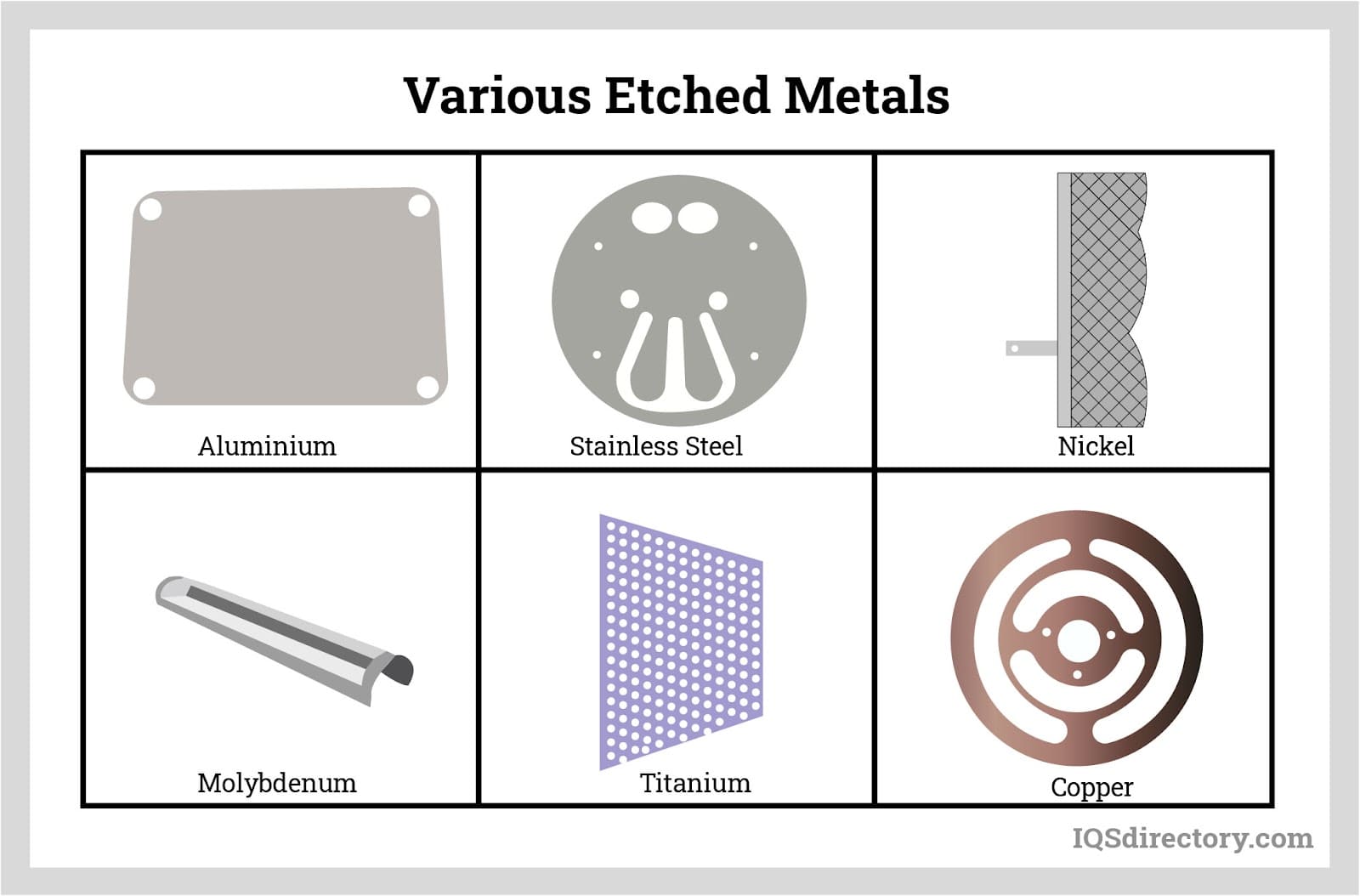
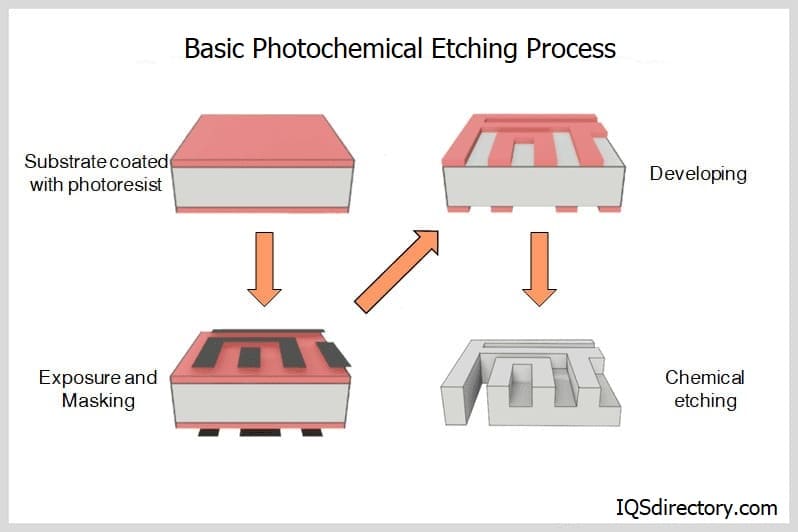
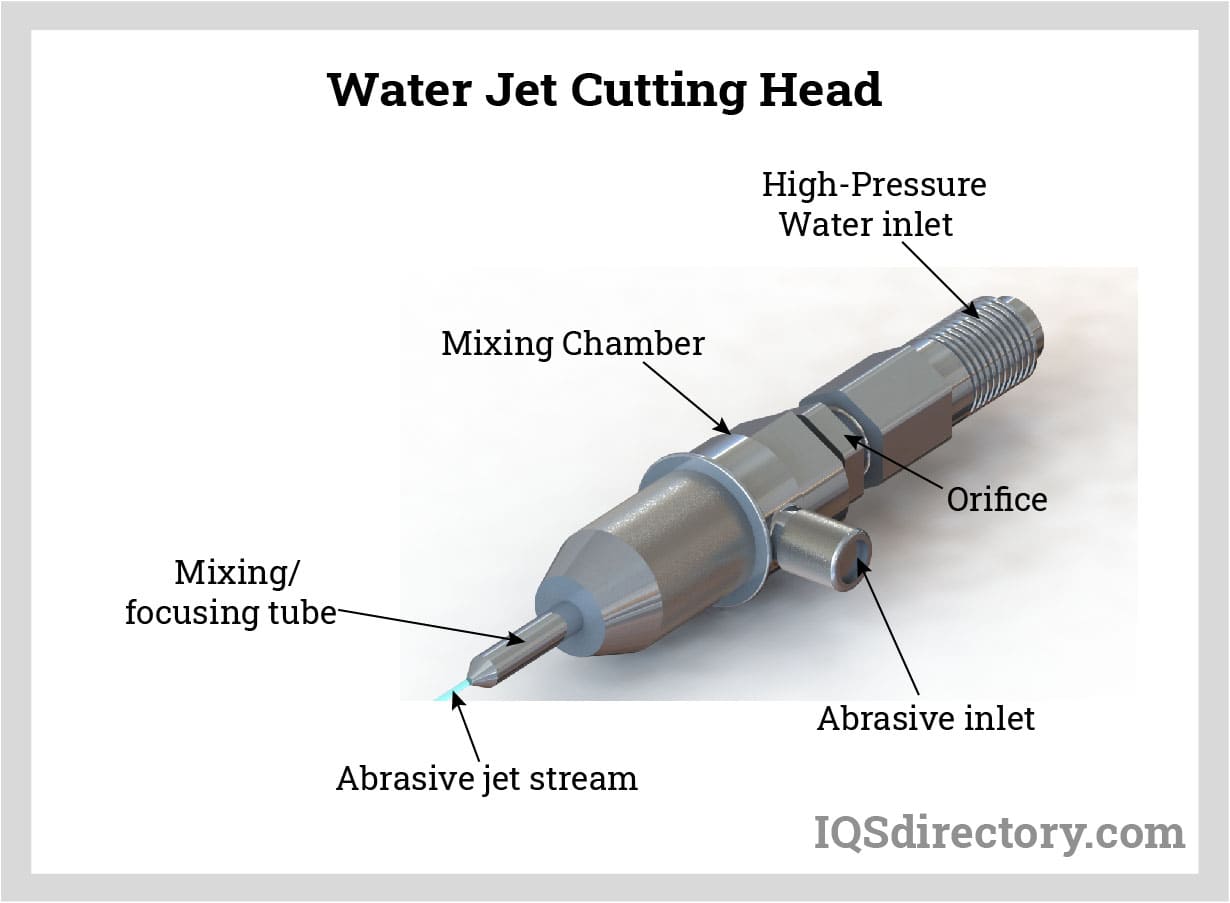
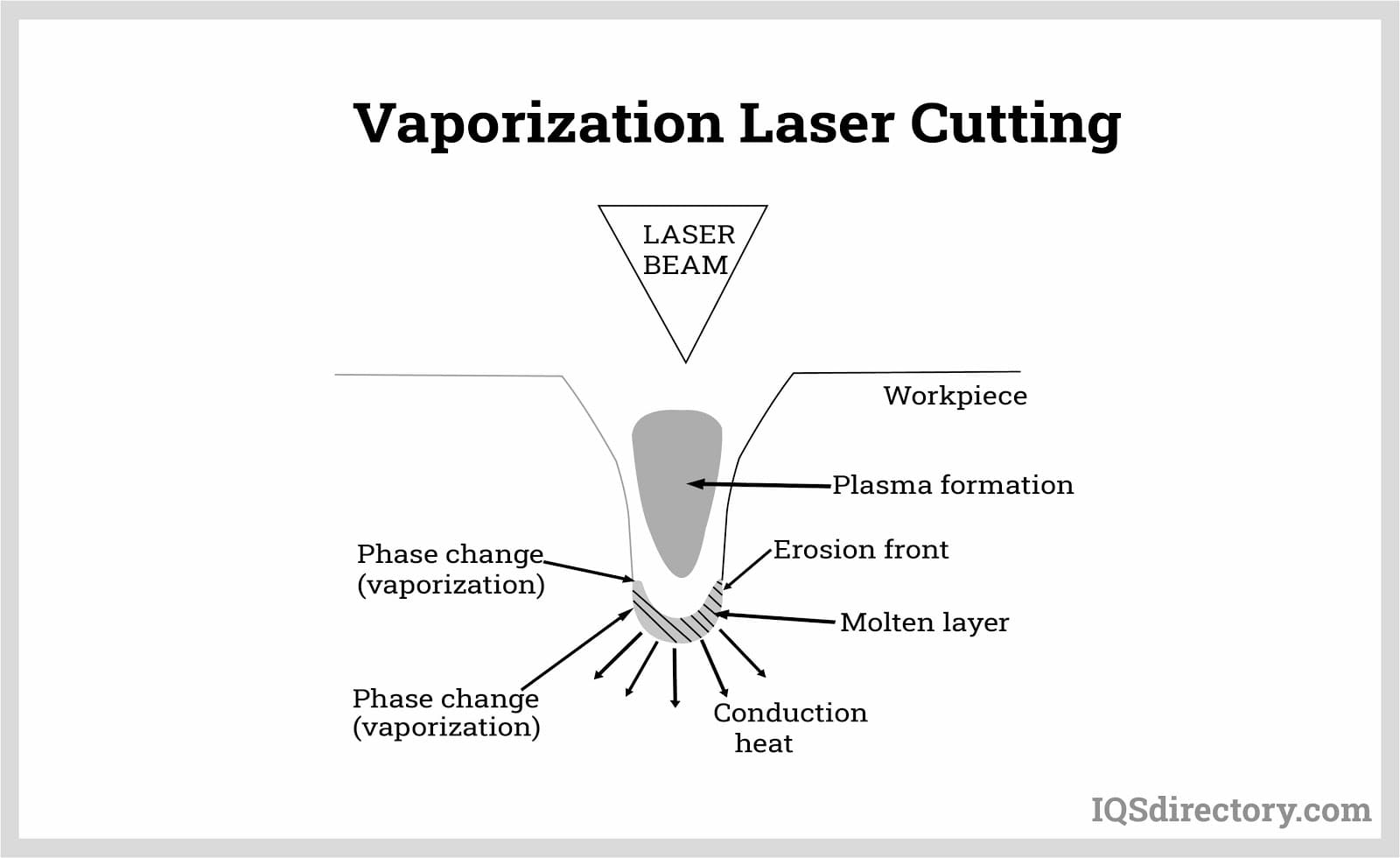
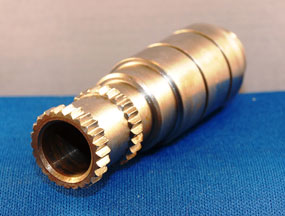 Broaching
Broaching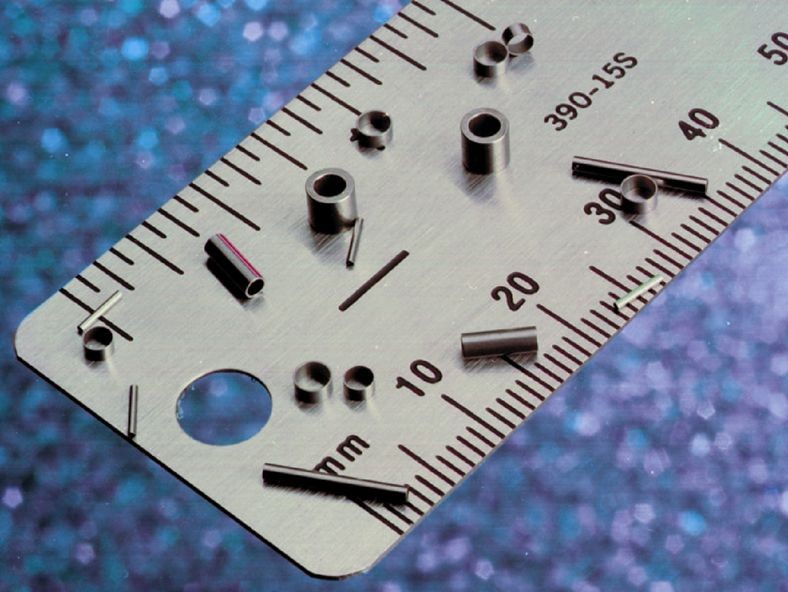 CNC Machining
CNC Machining Expanded Metals
Expanded Metals Laser Cutting
Laser Cutting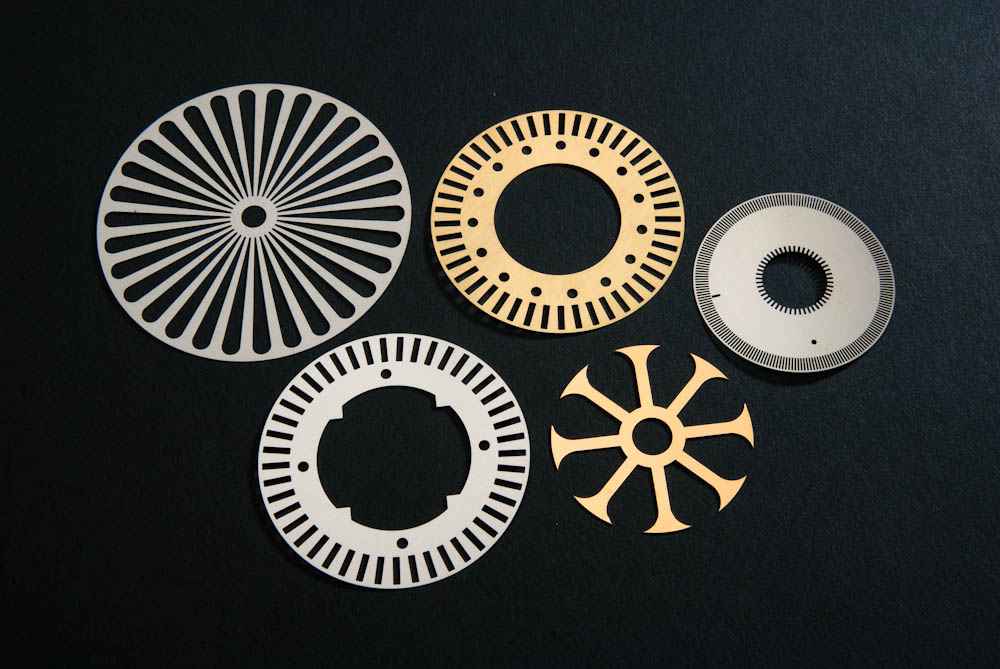 Metal Etching
Metal Etching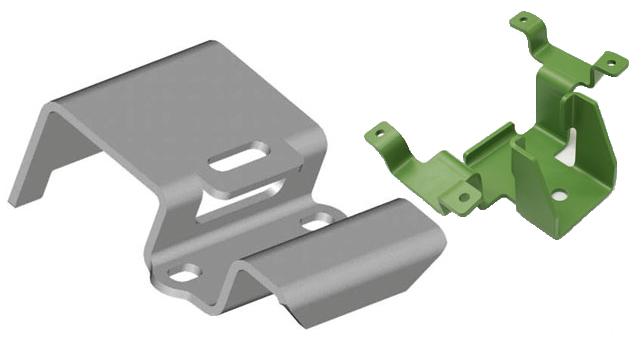 Metal Fabrication
Metal Fabrication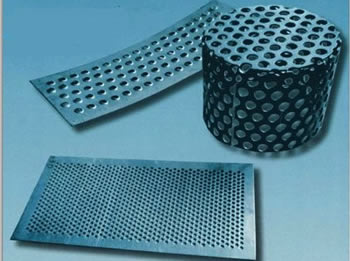 Perforated Metals
Perforated Metals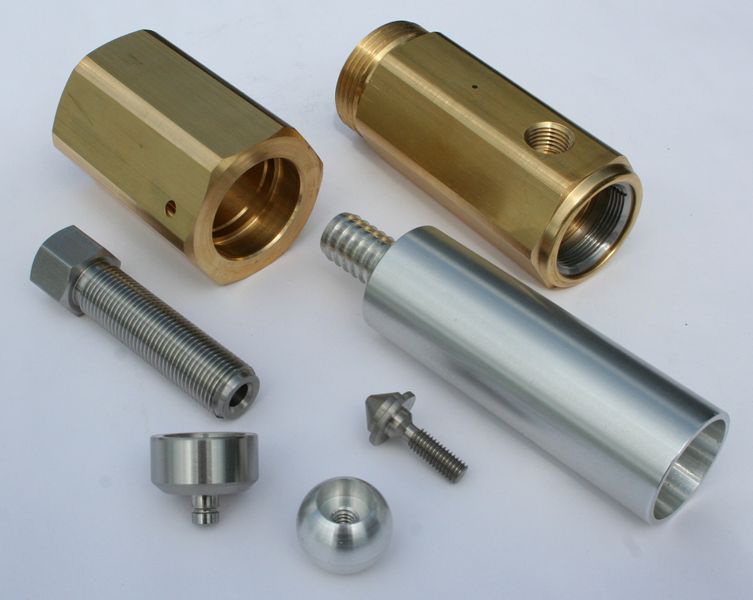 Screw Machine Products
Screw Machine Products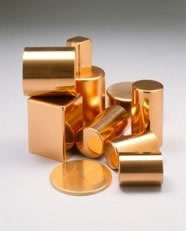 Metal Stampings
Metal Stampings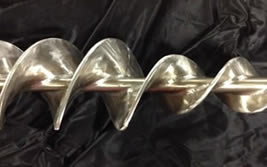 Sheet Metal Fabrication
Sheet Metal Fabrication Tube Fabrication
Tube Fabrication Water Jet Cutting
Water Jet Cutting Castings & Forgings
Castings & Forgings Bulk Material Handling
Bulk Material Handling Electrical & Electronic Components
Electrical & Electronic Components Flow Instrumentation
Flow Instrumentation Hardware
Hardware Material Handling Equipment
Material Handling Equipment Metal Cutting Services
Metal Cutting Services Metal Forming Services
Metal Forming Services Metal Suppliers
Metal Suppliers Motion Control Products
Motion Control Products Plant & Facility Equipment
Plant & Facility Equipment Plant & Facility Supplies
Plant & Facility Supplies Plastic Molding Processes
Plastic Molding Processes Pumps & Valves
Pumps & Valves Recycling Equipment
Recycling Equipment Rubber Products & Services
Rubber Products & Services